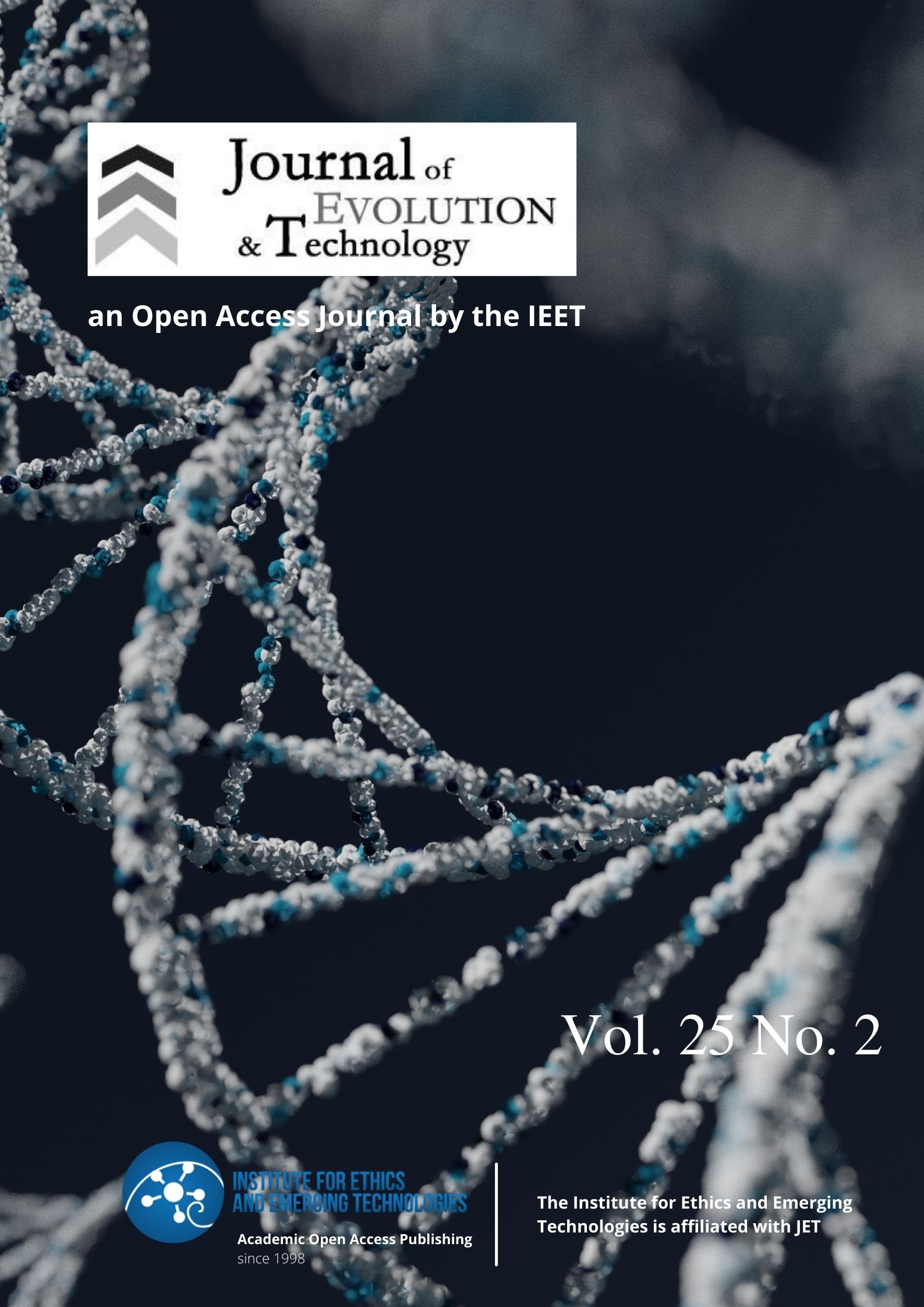The Advent of Postmodern Robotic Technoreligiosity
DOI:
https://doi.org/10.55613/jeet.v25i2.46Abstract
In the future, human beings will welcome robotic companions into their homes as caregivers of children. Parents will undoubtedly want them to teach their offspring right from wrong, and, in doing so, to reflect the ethical values derived from the parents’ respective religious traditions. Accordingly, the market will create a demand for religious robots. This article examines the ways in which robots may be considered religious based upon a minimalist and maximalist definition of religion derived from the field of religious studies. A minimalist definition of religion rests upon the family resemblance of attributes considered religious, particularly those characteristics that are deemed prototypical, e.g. moral views derived from religious doctrine. A maximalist definition of religion claims that the essential attribute of any social phenomenon deemed religious would be the practitioner’s experience of what Rudolf Otto called “the holy.” From a minimalist perspective, robots programmed to function according to a religious ethos are arguably religious, especially if they have the capacity to engage in moral reasoning derived from prototypical religious beliefs. Consequently human societies will see the marketing of Christian, Jewish, Islamic, and Buddhist robots among others, most likely manufactured under a watchful clerical eye, and the rise of integrated religious communities with both human and robotic members. In a distant future when neuroscience acquires the capacity to replicate individual neural pathways of the human connectome, religious groups may want manufacturers to copy experiences of “the holy” into the “brains” of their robotic companions to ensure orthodoxy. The article closes by posing questions about the reality of simulated robotic religious experience.
Downloads
Published
Issue
Section
License
Copyright (c) 2021 James McBride

This work is licensed under a Creative Commons Attribution 4.0 International License.
- Authors retain copyright and grant the journal right of first publication with the work simultaneously licensed under a Creative Commons Attribution 4.0 International license (CC-BY 4.0) that allows others to share the work with an acknowledgment of the work's authorship and initial publication in this journal.
- Authors are able to enter into separate, additional contractual arrangements for the non-exclusive distribution of the journal's published version of the work (e.g., post it to an institutional repository or publish it in a book), with an acknowledgment of its initial publication in this journal.
- Authors are encouraged to post their work online (e.g., in institutional repositories or on their website) after publication, while providing bibliographic details that credit JEET (See The Effect of Open Access).





